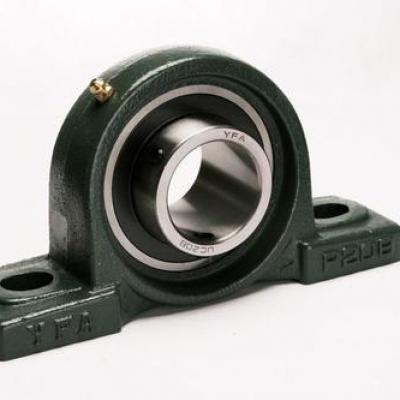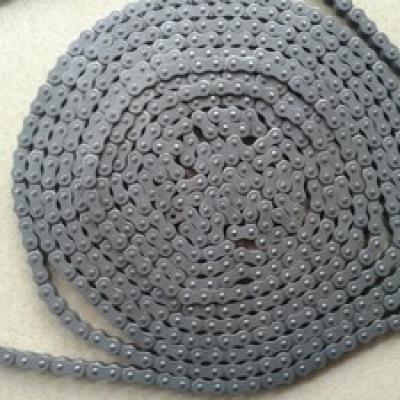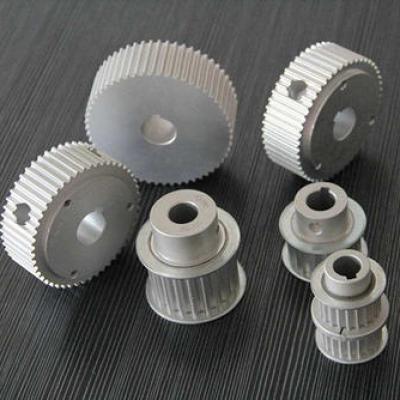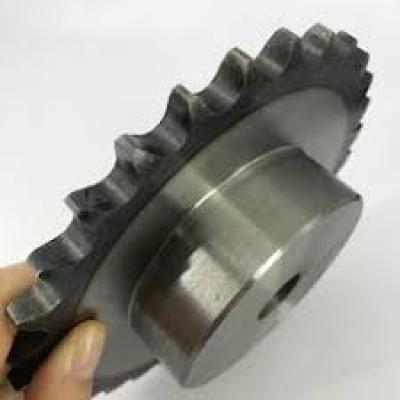Analytical sprocket chain drive

The chain drive is a transmission method in which the movement and power of a drive sprocket having a special tooth shape is transmitted to a driven sprocket having a special tooth shape through a chain.
The chain drive is the meshing drive and the average Gear ratio is accurate. It is a mechanical transmission that utilizes the meshing of the chain with the sprocket teeth to transmit power and motion. The chain length is expressed in number of links.
The number of links is preferably taken as an even number so that when the chain is connected in a ring shape, it is just that the outer link plate is connected to the inner link plate, and the joint can be locked by a spring clip or a split pin. If the number of links is an odd number, a transition link is required. When the chain is pulled, the transition links are subject to additional bending loads and should generally be avoided.
The sprocket shaft teeth are arcuate on both sides to facilitate the entry and exit of the links. The sprocket teeth should have sufficient contact strength and wear resistance, so the tooth surface is often heat treated. The small sprocket has more meshing times than the large sprocket, and the impact force is also large, so the material used should generally be superior to the large sprocket. Commonly used sprocket materials are carbon steel (such as Q235, Q275, 45, ZG310-570, etc.), gray cast iron (such as HT200). The important sprocket can be made of alloy steel.
Advantages of chain drive: Compared with belt drive, no elastic sliding and slipping phenomenon, accurate average transmission ratio, reliable operation and high efficiency; large transmission power, strong overload capability, small transmission size under the same working conditions; required tension Small, the pressure on the shaft is small; it can work in harsh environments such as high temperature, humidity, dust, pollution.
Disadvantages of chain drive: It can only be used for transmission between two parallel shafts; high cost, easy to wear, easy to stretch, poor transmission stability, additional dynamic load, vibration, shock and noise during operation, not suitable for rapid reverse In the transmission.





